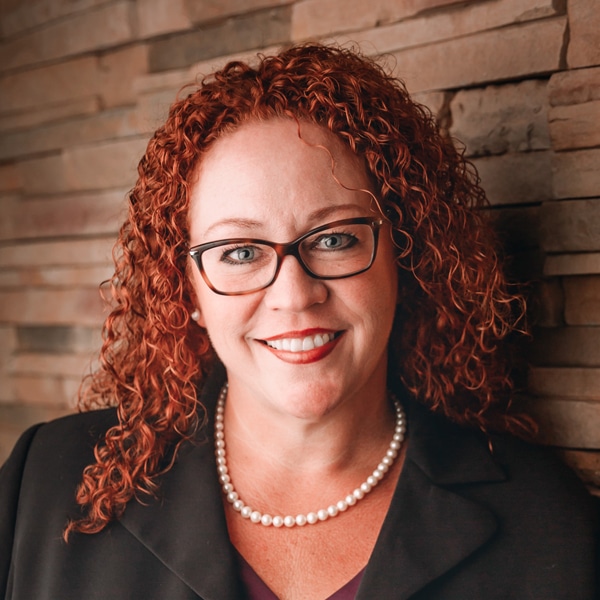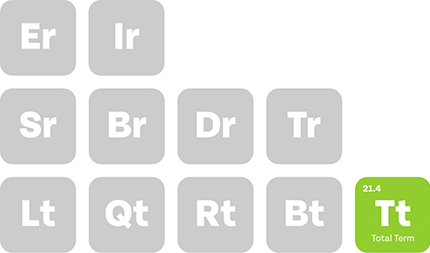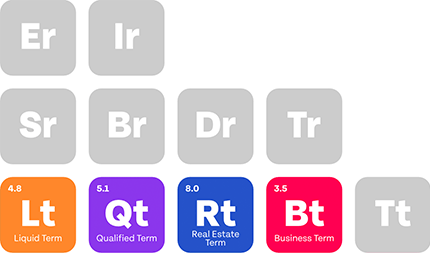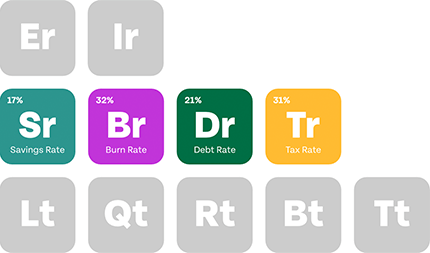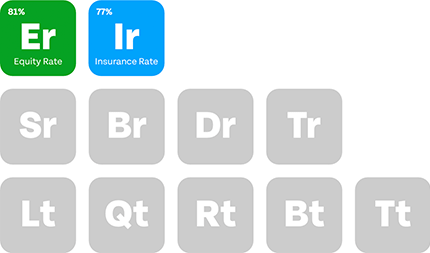Key Takeaways
- LCOL areas have lower housing, taxes, and everyday expenses than national averages.
- These regions offer financial flexibility, making them attractive for various lifestyles.
- Physicians in LCOL areas benefit from lower financial pressure and potential incentives.
- Choosing between LCOL, MCOL, and HCOL impacts savings, career, and quality of life.
What is LCOL (Low Cost of Living)?
LCOL, or Low Cost of Living, refers to areas where the overall expenses for housing, transportation, food, healthcare, and other essentials are lower than the national average.
These areas provide a more affordable lifestyle, making them attractive for retirees, remote workers, and individuals seeking financial flexibility.
People living in LCOL areas often find they can stretch their income further, affording a higher quality of life than they might in a high-cost region.
What Defines an LCOL Area?
Several key factors contribute to an area being classified as LCOL:
- Affordable Housing: Home prices and rental rates are significantly lower compared to high-cost regions, making homeownership or renting more accessible.
- Lower Taxes: Many LCOL areas have lower state income taxes or no state income tax at all, reducing the financial burden on residents.
- Reduced Cost of Goods & Services: Everyday necessities, such as groceries, dining, and utilities, tend to be more affordable, allowing residents to allocate funds elsewhere.
- Lower Transportation Expenses: Gas prices, car insurance, and public transit costs are often lower, making commuting and travel more budget-friendly.
- Wage Levels: While wages in LCOL areas are generally lower, they often align with the reduced cost of living, ensuring that residents can still maintain a reasonable standard of living without the high-income demands of an expensive city.
Examples of LCOL Areas
Some well-known LCOL areas in the U.S. include:
- Oklahoma City, OK – Known for its affordable housing market and relatively low property taxes.
- San Antonio, TX – Offers a mix of urban amenities and lower-than-average living costs compared to other major Texas cities.
- Knoxville, TN – Features low real estate prices and no state income tax, making it a desirable location for retirees and young professionals.
- Des Moines, IA – Boasts a strong job market and inexpensive housing, attracting families and remote workers.
- Tulsa, OK – A city with affordable home prices and an emerging tech scene.
- Buffalo, NY – Offers low-cost housing while still providing access to cultural and recreational activities.
- Birmingham, AL – An affordable Southern city with a growing economy and accessible living costs.
Suggested: The best states to practice medicine
LCOL vs. MCOL vs. HCOL
Understanding the differences between LCOL, MCOL, and HCOL areas is essential for making informed financial and lifestyle decisions:
LCOL (Low Cost of Living)
Most affordable, with lower housing and everyday expenses, making it easier to save and invest.
MCOL (Medium Cost of Living)
Moderately priced areas with a balanced cost of living, offering a mix of affordability and amenities.
HCOL (High Cost of Living)
Expensive cities with premium real estate, high taxes, and costly goods and services, requiring a higher income to maintain a similar quality of life.
Benefits of Living in an LCOL Area
Living in an LCOL area offers several financial and lifestyle advantages.
Housing costs are significantly lower, making homeownership more attainable and rental prices more manageable.
This affordability allows individuals to allocate more of their income toward savings, investments, or other financial goals.
Additionally, a lower cost of living helps reduce financial stress.
Unlike HCOL cities where high wages are often necessary just to cover basic expenses, LCOL areas allow residents to maintain a comfortable lifestyle without the pressure of excessive income requirements.
This financial ease supports long-term stability and wealth-building.
For those seeking financial independence, LCOL areas present an opportunity to save more and spend less.
Many individuals relocate to these regions to retire early, work remotely, or start businesses with lower overhead costs.
The reduced financial burden provides flexibility to pursue personal and professional aspirations without being tied to a high-cost environment.
Beyond finances, a lower cost of living can enhance work-life balance.
With fewer monetary constraints, individuals have more freedom to enjoy leisure activities, travel, and spend quality time with family and friends.
This overall financial security contributes to a more fulfilling and less stressful lifestyle.
What is Means for Physicians
For physicians, living in an LCOL area can have a profound impact on financial well-being and career choices.
Lower living costs allow doctors to manage student loan debt more effectively, save for retirement, and achieve financial independence sooner.
Physicians practicing in LCOL areas may also experience reduced financial pressure, allowing for a better work-life balance compared to those in HCOL regions where higher salaries are often offset by steep housing costs and living expenses.
Additionally, rural and underserved LCOL areas frequently offer strong incentives for physicians, including loan forgiveness programs, signing bonuses, and lower malpractice insurance rates.
These benefits can make practicing medicine in an LCOL region an attractive option for doctors looking to maximize earnings while maintaining a comfortable standard of living.
While urban HCOL areas may provide prestige and career advancement opportunities, LCOL locations offer financial stability and the potential for a less stressful, more rewarding professional and personal life.



























